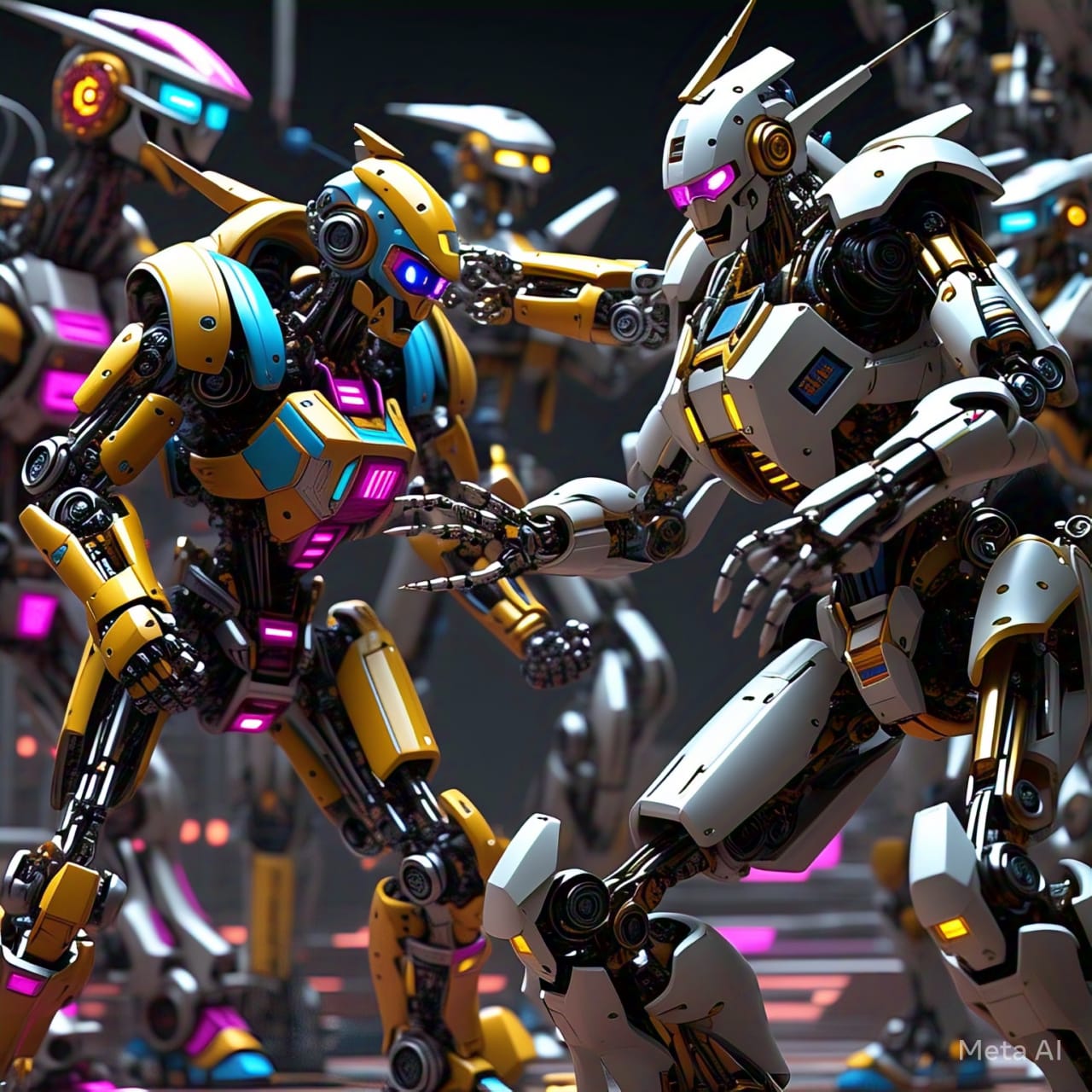The integration of artificial intelligence (AI) into martial arts training is revolutionizing the way practitioners learn and refine their skills.
In disciplines such as Wing Chun, this technological advancement is becoming increasingly prevalent as it offers unprecedented methods to enhance performance and technique.
AI technologies, including motion tracking software, smart sensors, and virtual reality systems,
provide martial artists with tools that were previously unimaginable.
Motion tracking programs analyze a practitioner’s movements with remarkable accuracy.
By using cameras and algorithms, these systems can detect flaws in form and execution.
This data-driven feedback allows students to make real-time adjustments during their training, thereby accelerating their learning process.
Additionally, smart sensors embedded in training equipment can quantify a practitioner’s strikes, measuring speed, power, and precision,
enabling them to set quantifiable goals and track progress over time.
Virtual reality systems take immersion in training to new heights.
By simulating sparring scenarios or instructional sessions with highly detailed environments,
these systems allow martial artists to practice techniques against virtual opponents.
This creative approach lets students experience diverse styles and strategies in a safe and controlled setting.
The incorporation of AI-driven analytics into these platforms provides additional insights,
helping practitioners analyze their performance and improve their techniques.
The benefits of integrating AI into martial arts training extend beyond mere technical improvements.
Such technologies can foster greater engagement and motivation among students by providing instant feedback and interactive learning experiences.
This modern approach doesn’t replace traditional methods; instead,
it complements and enhances them, creating a blend of classic techniques and contemporary practices that can lead to mastery in martial arts.
As such, AI is poised to significantly impact the martial arts landscape, particularly for disciplines like Wing Chun.

Tech Tools for Wing Chun Practitioners
In recent years, technology has greatly influenced various sports and martial arts, including Wing Chun.
Several AI-powered tools and applications have emerged, designed specifically to enhance training for practitioners at all skill levels.
These tools not only facilitate learning but also provide critical performance analysis, making them indispensable for serious students of Wing Chun.
One notable application is the “Wing Chun Trainer” app, which offers comprehensive training programs tailored to user experience.
By using augmented reality, this app allows practitioners to visualize techniques in real time,
enabling users to practice alongside a virtual partner.
Its progress tracking and personalized feedback features make it an excellent resource for beginners and advanced students alike, helping them understand key concepts and refine their skills effectively.
Wearable technology has also made its mark in the world of martial arts.
Fitness trackers designed for martial artists can monitor heart rate, calories burned, and even specific movements during training sessions.
These devices provide valuable data to practitioners, helping them optimize workout intensity and recovery times.
Furthermore, some wearable tech integrates with mobile apps to offer personalized insights, enhancing the overall experience of training in Wing Chun.
Another innovative tool is the “Smart Training Dummy.”
These AI-enabled dummies are equipped with sensors that provide real-time feedback on strikes, showcasing power, accuracy, and technique efficiency.
This interactive training partner allows users to practice at their own pace in a controlled environment, making it an excellent addition to any Wing Chun practitioner’s toolkit.
Finally, performance analysis software has become critical for those looking to assess their training objectively.
By recording training sessions and providing detailed analytics on movement patterns and technique application,
practitioners can gain insights into their strengths and areas for improvement.
These features empower students to make informed adjustments to their training regimens, creating a streamlined approach to mastering Wing Chun.
Getting Started: Incorporating Technology into Your Training Routine
As Wing Chun practitioners explore the integration of technology into their training, it is crucial to approach this transition thoughtfully.
The journey begins with selecting the right tech gadgets that cater to your specific needs.
For instance, wearable devices like fitness trackers can offer insights into your training intensity and recovery, helping you maintain optimal performance.
In addition, applications that provide video analysis allow you to review your techniques and enhance your skills through visual feedback.
When it comes to setting realistic training goals, it is vital to align them with both your personal aspirations and the traditional principles of Wing Chun.
For example, setting a goal to master a specific technique or combination within a set timeframe can provide structure.
Furthermore, incorporating AI-powered training tools that simulate sparring or provide real-time feedback on your movements can help accelerate progress without losing sight of the foundational elements taught by masters such as Ip Man.
Additionally, finding a balance between traditional methods and modern techniques is essential for a well-rounded approach.
While technology can enhance training, it should not replace the invaluable lessons learned from a qualified instructor.
Practicing with a partner or attending classes should remain an integral part of your routine to ensure that the core essence of Wing Chun is maintained.
Engaging with fellow practitioners and exchanging insights about how technology is influencing your training can foster a supportive learning environment.
Ultimately, the amalgamation of technology and traditional Wing Chun practices holds the potential to elevate your skills.
Embracing tools and resources that support your learning while staying true to the rich heritage of this martial art can lead to a rewarding experience.
By thoughtfully selecting technology, setting achievable goals, and maintaining connections with traditional practices,
you can facilitate a dynamic training routine that honors the legacy of Wing Chun.
Thanks
…


